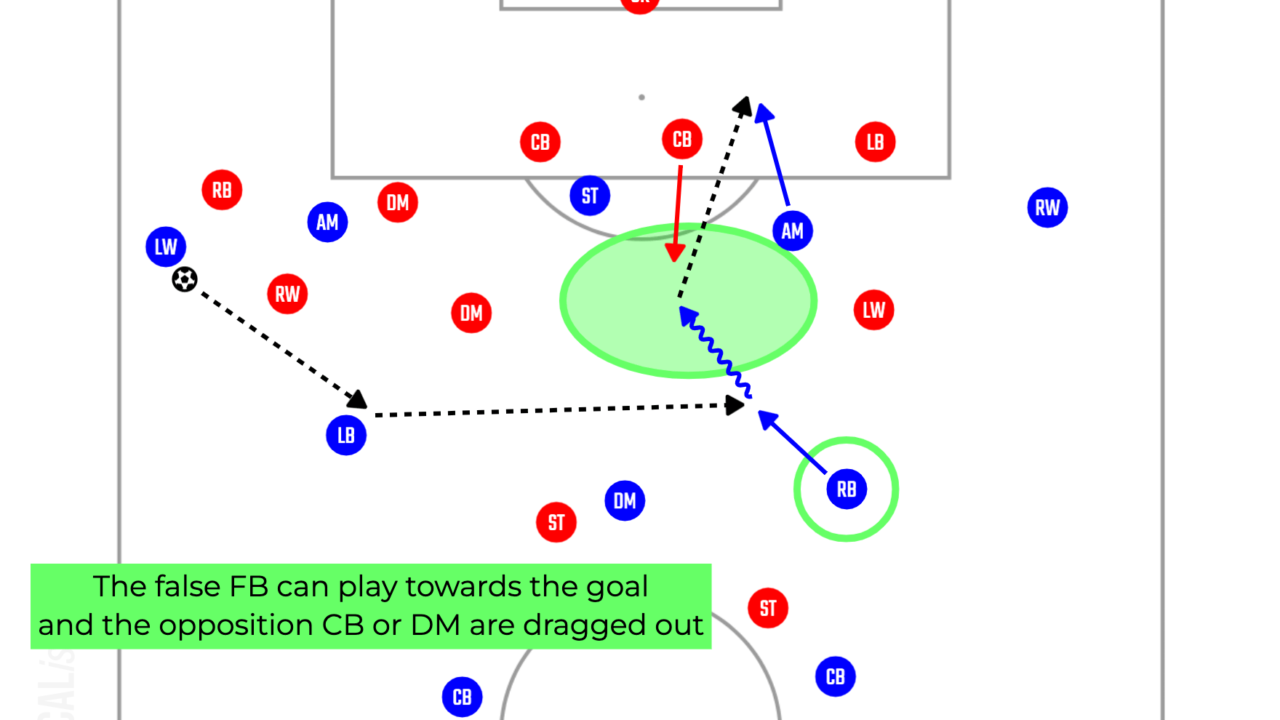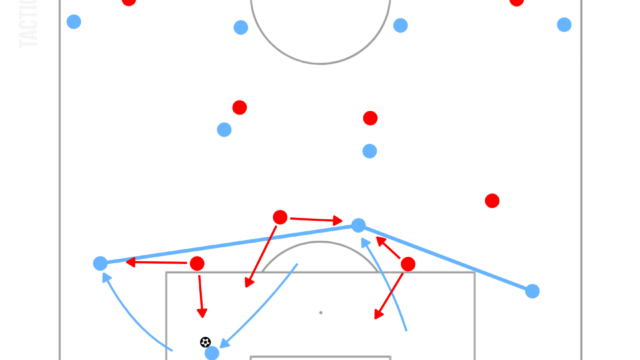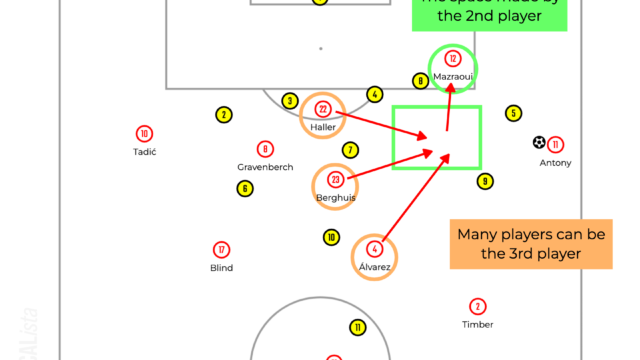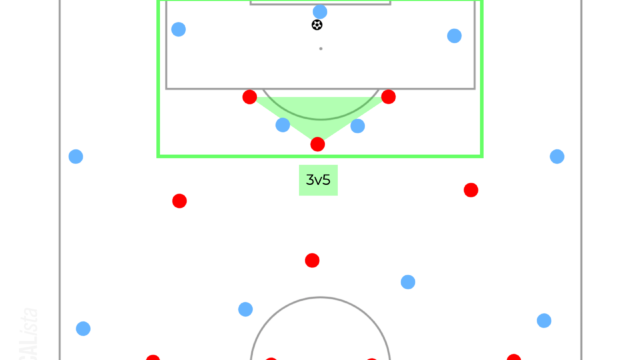Introduction
False fullbacks, which mainly Pep Guardiola brought to the modern football, are often discussed in the context of build up play. For example, if the fullback moves inside and the opposition winger keeps marking the fullback, the passing lane from the centre back to the winger is going to be available. Additionally, if the opposition winger stays in his position, the fullback can offer an extra passing lane inside of the opposition block.
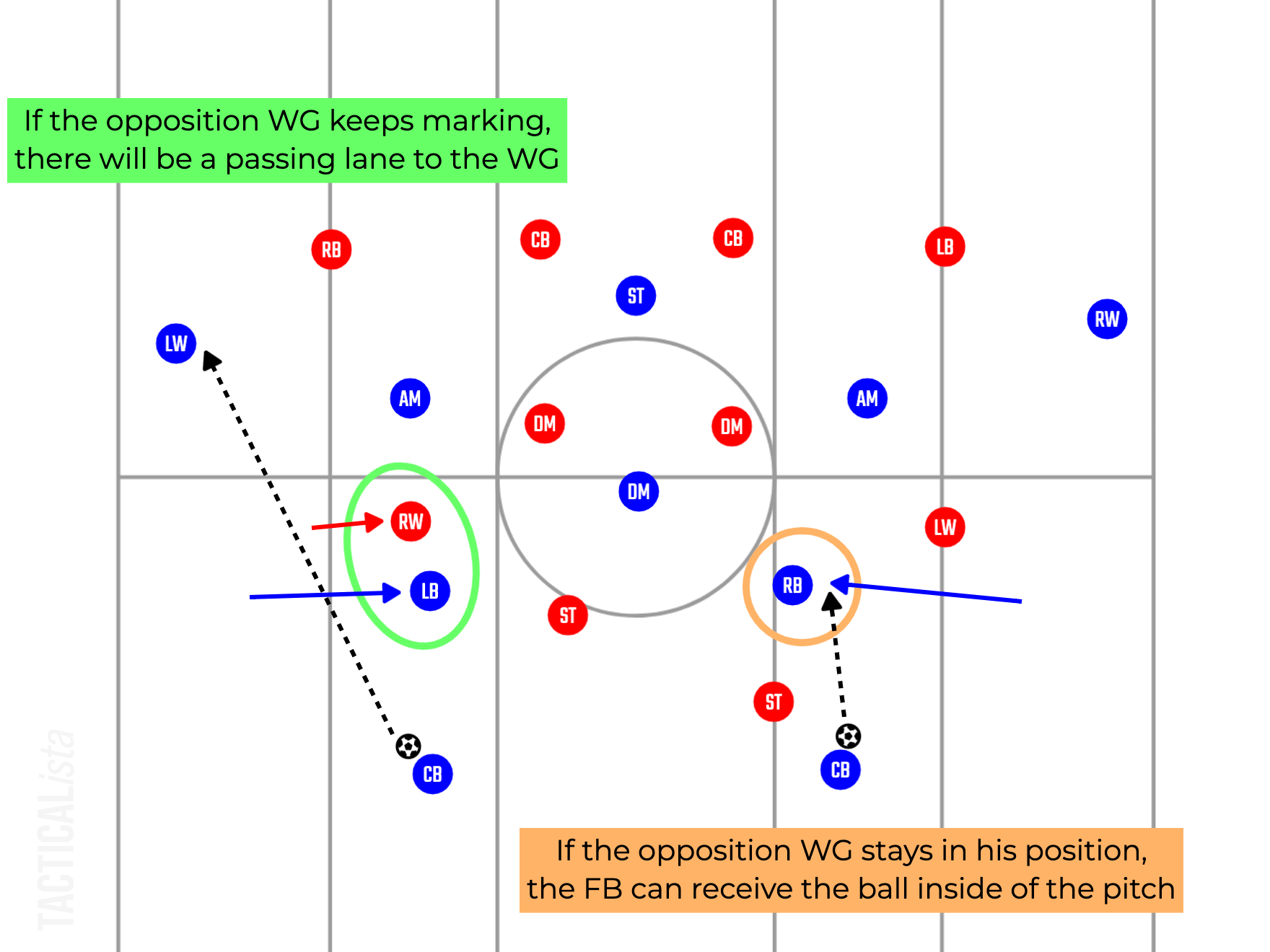
I agree with this advantage of using false fullbacks when playing out from the back. However, this only focuses on a phase of the game of football, which is progressing the ball. Then, what is the advantage of tucking the fullbacks inside in final third when attacking towards the goal? In this article, the profit of the false fullbacks in the final third is going to be discussed.
Final Third Attacking
In the opposition final third, the most important thing is scoring goals and in order to do this, it is necessary to play towards the goal in middle of the goal line. In elite level, it is difficult to play through the middle of the pitch so playing to the winger is the option to enter the final third. However, the final objective is in the middle. Therefore, the team in possession tries to play around to force the opponents to move a lot. Then, if the gap between the opposition players appears, the ball needs to be played towards the middle. However, traditional fullbacks tend to overlap the winger, deliver crosses and hope.
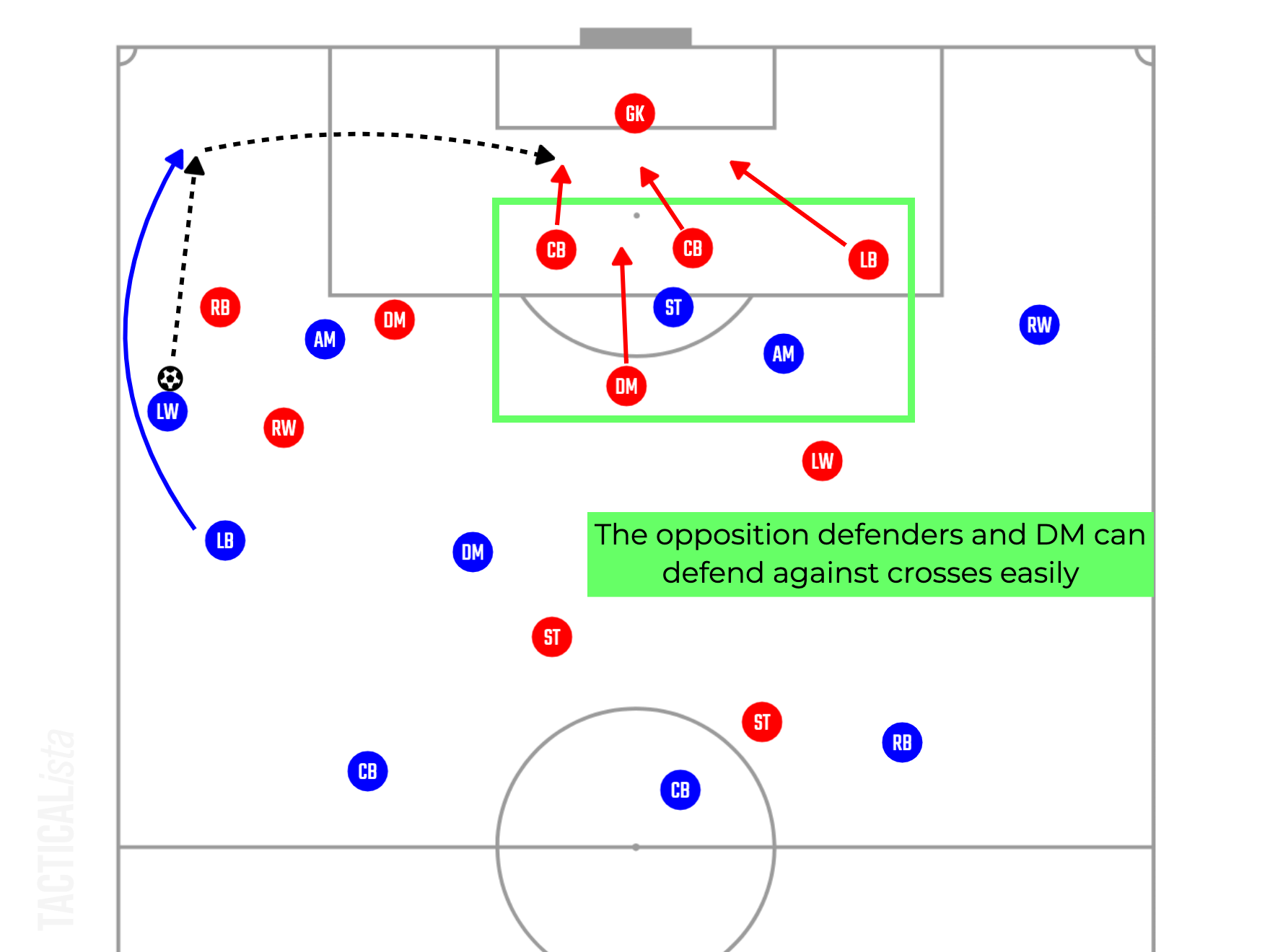
Football is not rugby. Just playing forward is not the objective of football. The goal is in the middle. Additionally, most of all teams have proper defending tactics against crosses. If both centre backs, the opposite side fullback and defensive midfielder can wait for crosses in front of the box, it is difficult to find a space to head it in. Therefore, the overlapping fullback is not as effective as it is believed. Then, how can the fullback threaten the opposition goal? The answer is “False Fullback”.
As it was mentioned before, after playing wide and forcing the opposition players to move wide, the gap between the opposition players can be created. If the gap is between the opposition defenders, one of the attackers can run in behind through the gap like De Bruyne does. However, recently defenders can close the gap well by moving as a line or defending with back five. Therefore, it is important to break the line of the opposition midfielders as the wingers or wide midfielders are likely lazy when defending. The picture below shows how to do it.
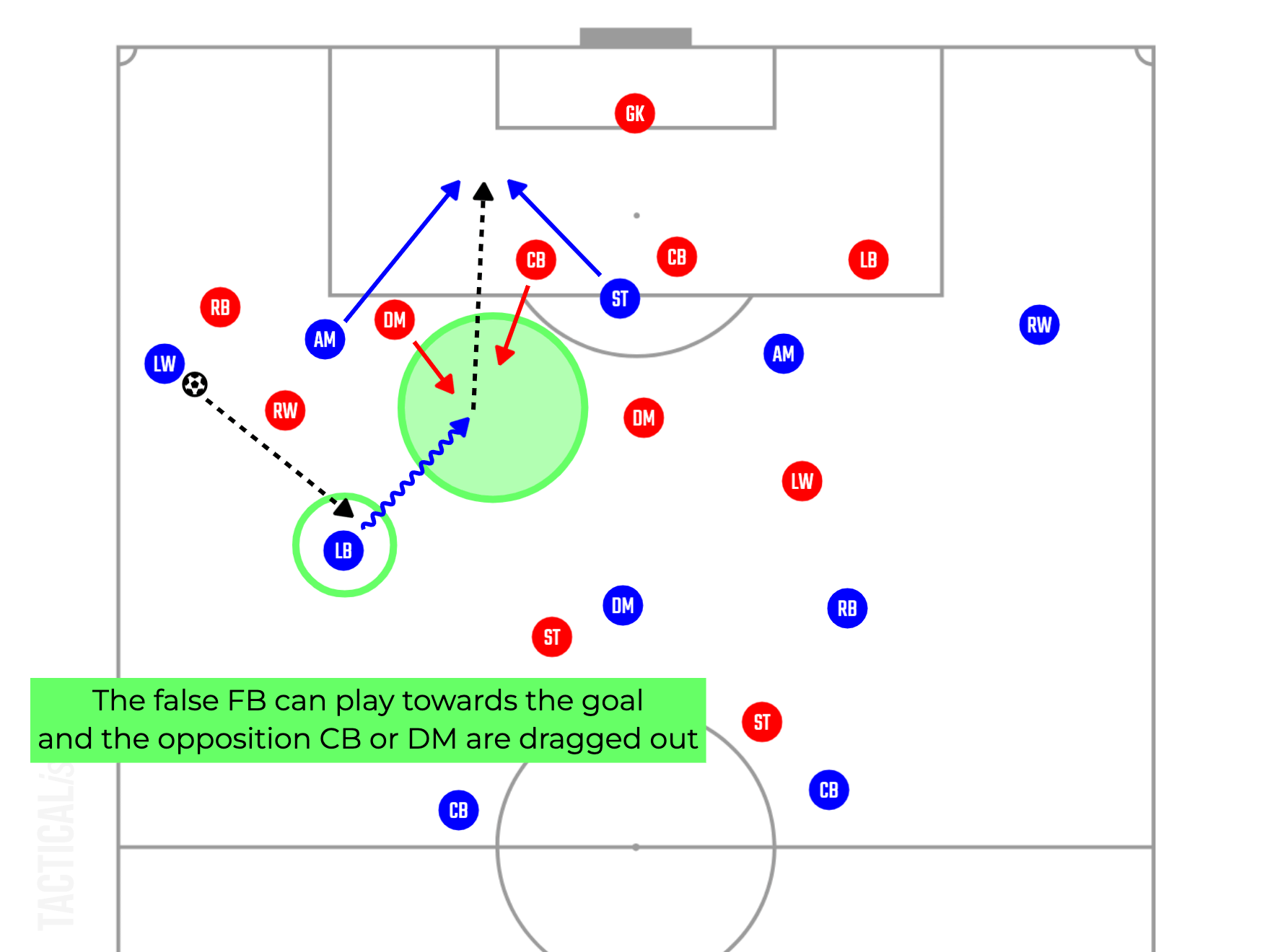
In this example, the ball side midfielders can defend well but the opposite side midfielders don’t shuffle across enough. Consequently, the gap is made between the opposition defensive midfielders. Then, if the fullback moves inside to receive the ball and steps in towards the goal, the opposition centre back or defensive midfielder is forced to press on the ball. Additionally, by dragging them out, it is possible to exploit the space in behind. If the opposite side defensive midfielder can close this gap, playing to the other fullback is going to be the next option.
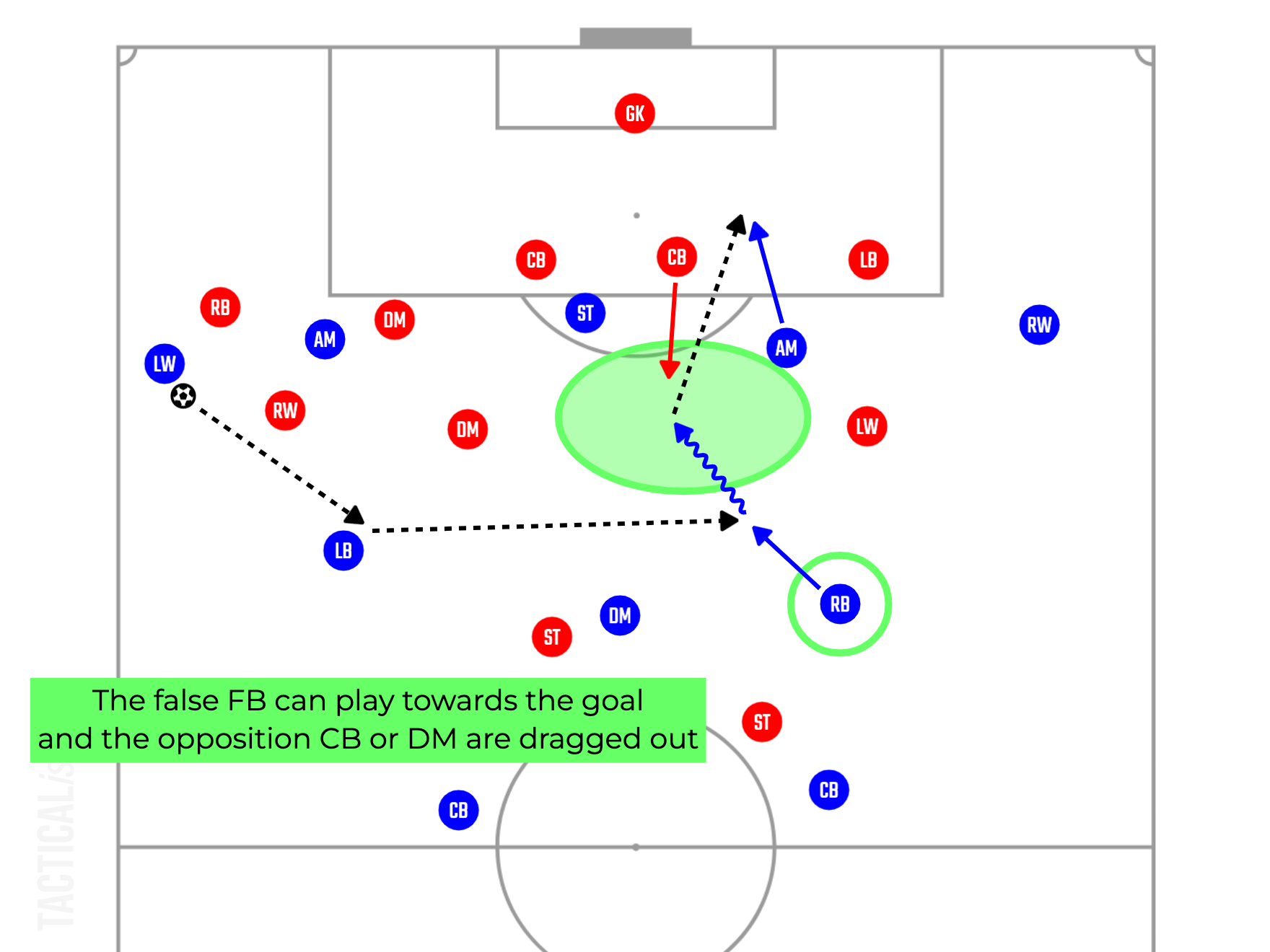
The opposite side fullback also needs to come inside in order to use the space in the middle. If this gap is also closed by the opposition midfielders by moving as a line, the right fullback should play wide and try to make a gap between the opposition players again and again.
In conclusion, thanks to the false fullbacks, it is possible to exploit the gap in the middle of the pitch and draw the opposition centre back or defensive midfielders out of their position, which can create the gap in front of the goal.
Additionally, false fullbacks are important to manage the defensive transition. In the next chapter, the detail of this is going to be discussed.
Stopping Counterattacks Before Beginning
It is said that Pep started to use the false fullback to manage the opposition counterattacks when he managed Bayern Munich in Germany. Controlling the second balls in the middle of the pitch is vital to reduce the number of the opposition counterattacks.
If both fullbacks are in wide areas during attacking in the opposition final third, the pivot is exposed in the middle of the pitch. Thus, it is possible for the opposition to play a counterattack from the area next to the pivot.
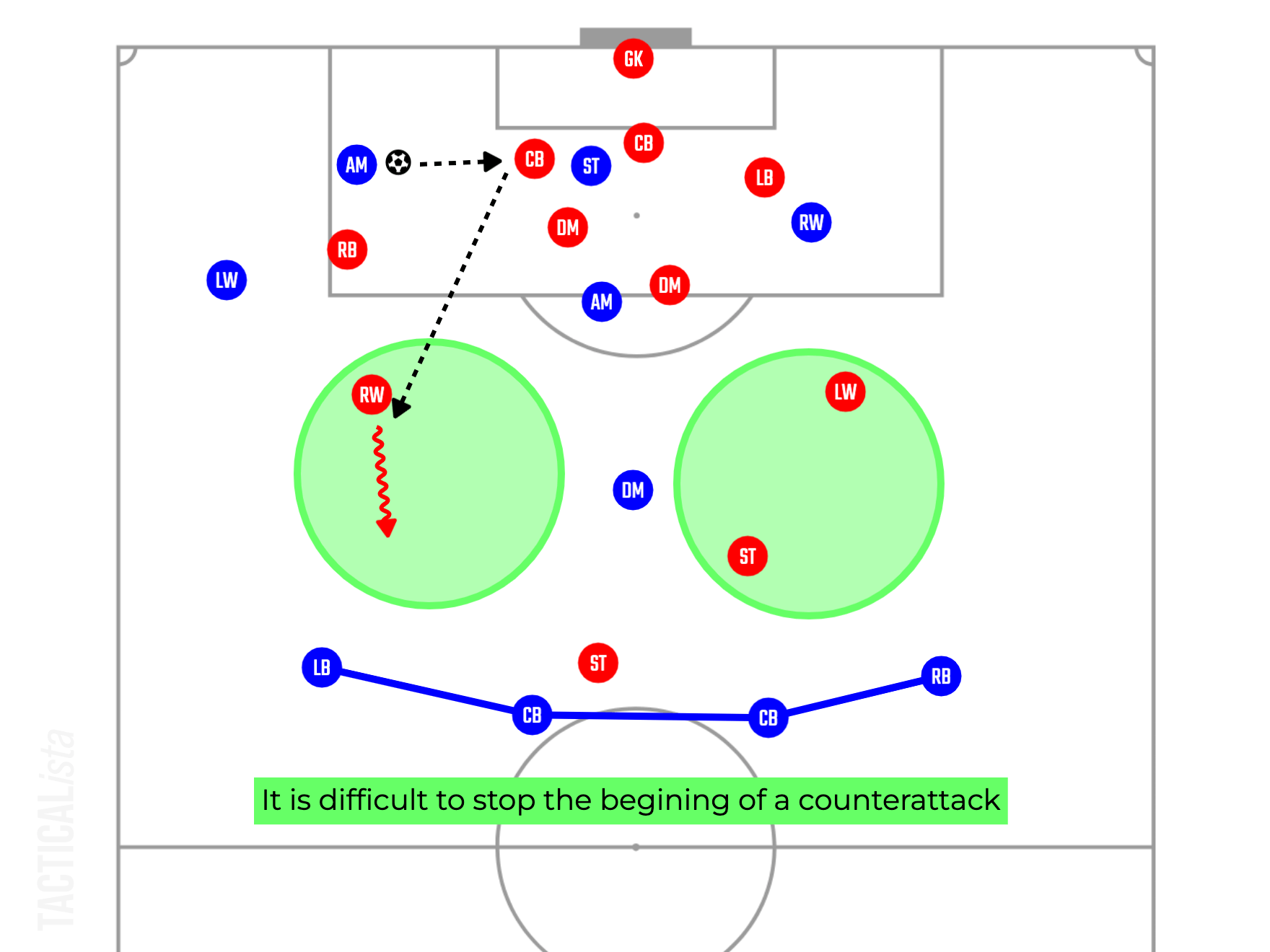
However, if both fullbacks tuck in and work as a line with a pivot, the fullbacks can defend the area next to the pivot.

Thanks to this positioning, the fullback can press to the opposition player before they begin the counterattack. This is very important to keep playing and dominating in the opposition half. If conceding the opposition counterattacks every time, it is impossible to dominate and control the game. Of course, if fullbacks come inside, there will be a space in wide areas but it is less dangerous than the space next to the pivot. Therefore, the false fullbacks are important in the defensive transition.
Conclusion
In this article, the profit of false fullbacks in the final third was discussed as only the advantage in build up is often analysed. The false fullbacks are important to use the space in middle of the pitch and play towards the opposition goal which is much dangerous than overlapping and delivering crosses. On the other hand, the false fullbacks are also vital to prevent the counterattacks from even beginning. Therefore, it is great idea for the team who wants to play and control the game in the opposition half. Thanks for reading.
